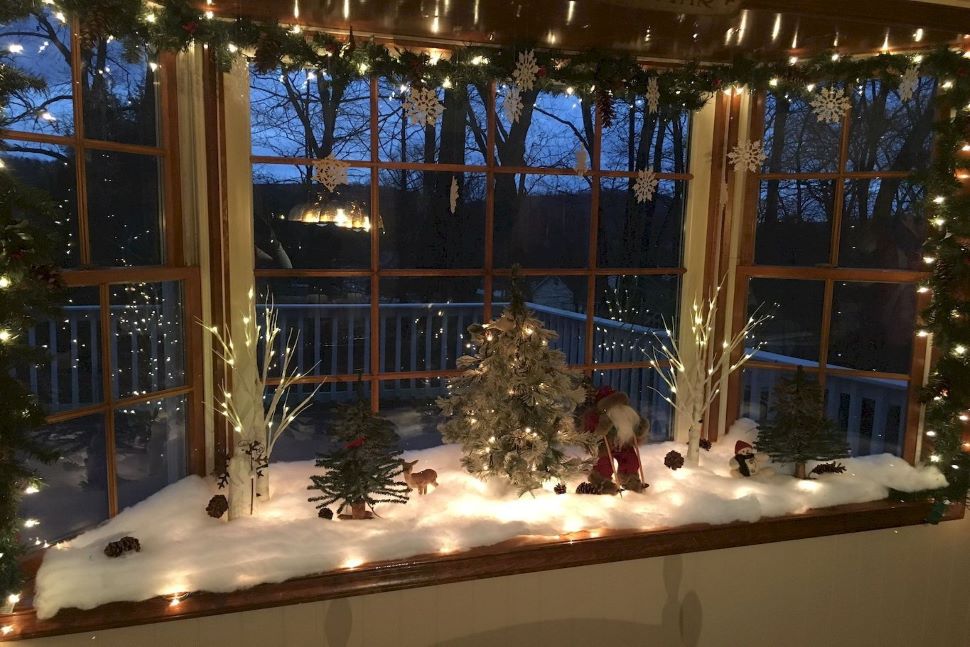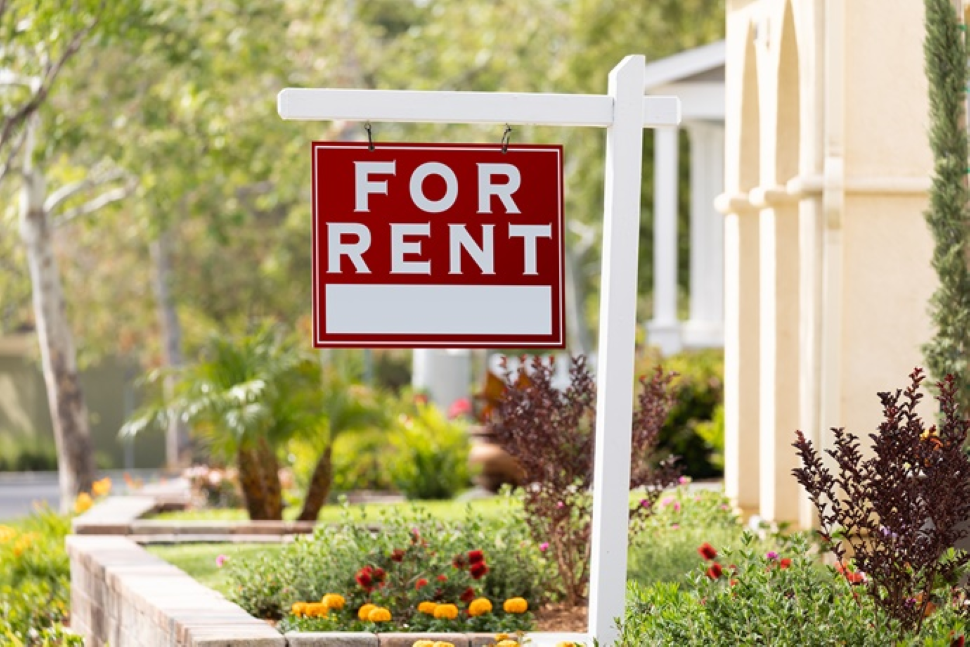
Earthquake Warning from Hurricane Ian
October 19, 2022
Theft Prevention During The Holidays
November 8, 2022Landlord Insurance – Many cities in the U.S. have the housing market locked in an impasse between high demand and low inventory of affordable housing.
Heavily populated areas such as the West & Northeast are witnessing soaring rents which have led to overcrowding in multifamily dwellings; this could lead to living conditions more conducive to maintenance and habitability concerns such as sewer backups and vermin infestations.
Complicating matters is the rise in corporate ownership of rental properties and the departure of “mom-and-pop” landlords dedicated to maintaining a single location. To take advantage of efficiencies of scale, corporate owners are inclined to spread management and maintenance resources across an array of properties, sometimes resulting in an inability to respond quickly or adequately to reported problems.
This environment has led to an increasing trend of tenants filing habitability lawsuits against current and former landlords, often seeking punitive damages and attorney’s fees (where allowed by contract or statute) in addition to statutory penalties.
In recent years, jury awards and settlements in certain jurisdictions have dramatically increased; in more aggravated and higher publicity cases, awards have risen to more than $1 million per plaintiff, depending on the severity of the damages demonstrated by the tenants.
The commercial general liability insurance policies covering these claims, however, often contain specific exclusions for coverage of any jury award for attorney’s fees or punitive damages. Thus, creating potentially significant personal exposure for the landlords themselves.
Warranty of Habitability
While California tends to have some of the most tenant-friendly laws in the country, and correspondingly the highest jury verdicts in findings of breach of habitability laws, most jurisdictions in the country recognize an implied warranty of habitability in every residential lease.
This means that any residential unit must be leased in a condition that meets the standards of local health and safety codes, which address matters such as providing working heaters, screens on windows and smoke detectors; controlling insect and vermin infestations; maintaining walls and countertops; maintaining pipes and electrical wiring, etc.
Federal regulations impose additional requirements on landlords in residential properties, such as addressing lead paint and providing adequate handicap accessibility under the Americans with Disabilities Act.
Habitability Claims and Lawsuits
Depending on the jurisdiction, claims for breach of the warranty of habitability may be either a contract-based claim or, in states where codified into law, may include claims for statutory violations and penalties.
Habitability suits can range from a single individual plaintiff in a single apartment unit to dozens of plaintiffs residing in dozens of units in a large apartment complex or, in some cases, even class actions.
Most commonly in a habitability suit, the defendants consist of the owner of the residential apartment unit or complex and the property management company charged with the day-to-day maintenance of the property.
Generally, the landlord’s insurance policy will provide a defense for the property management company because property management agreements usually require landlords to indemnify them and to list them as an additional insured on the policy.
Addressing a Claim
To make a claim for an uninhabitable residential unit, the tenant must notify a landlord of the substandard condition and give them a reasonable time to remedy, or cure, the condition.
It is impossible for a landlord to know many conditions inside a unit unless and until the tenant themselves notify the landlord of the problem, which creates an affirmative obligation on the tenant to advise the landlord of the alleged condition. Thereafter, the landlord must take appropriate steps to rectify the problem.
Limiting Exposures for Habitability Claims
The best defense for landlords in habitability claims is to be proactive in the maintenance of their properties—particularly regular maintenance to roofs, plumbing, electrical systems and pest control treatments—and to keep excellent records of building repairs and ongoing conditions.
While it may not eliminate all potential liability for the landlord, lease agreements should include a clause regarding the tenants’ responsibility to keep the unit clean, promptly report any maintenance issues to management, and pay for any damages caused by themselves or their guests.
It is not uncommon for a tenant to have caused or contributed to the conditions of the unit because of substandard cleaning and maintenance practices. For example, this is commonly seen with infestations (which can result from failure to clean) or sewage backups (which can be from tenant-caused clogs to pipes or flushing improper materials down toilets).
The following recordkeeping best practices can help a landlord more effectively fight a habitability lawsuit.
- Take photos of vacant units prior to leasing and for any repairs during the tenancy which reference what maintenance was required and whether such maintenance resulted from regular wear and tear or was tenant-caused.
- Conduct a pre-move in walkthrough, signed by the tenant, with the tenant noting any existing blemishes and certifying that the tenant moved into a clean and habitable unit.
- When maintenance and repairs are necessary, create an inspection report with detailed descriptions and photos of the conditions, both before and after repairs, to document both cause and remedy.
Takeaway
It’s not always possible to avoid a tenant claim, but by taking measures to proactively maintain a rental structure, documenting responsiveness to maintenance issues, and retaining records of ongoing living conditions, a landlord can reduce exposure to large judgements and keep Landlord Insurance premiums down.
Click the following ‘Free Quote’ Button for your FREE Landlord Insurance Quote today:


